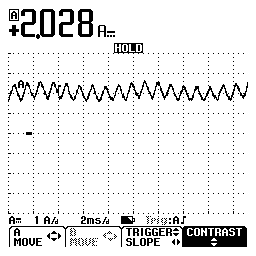Most of you know from
some of
my articles how I approach a no start, in the case of
this Lumina,
the value of this method is made apparent.
The customer was coming in
with it for some other work and it died on the way in
and ended up
being towed in as a no start.
Using my quick method of
looking at a no start, I first checked the battery volts
since most
people try hard to restart to avoid a tow,
battery was at 12.2 volts.
Since this seemed adequate, I went ahead and turned the
key on to
hear the pump prime and it sounded OK.
Fuel gauge reported a quarter
tank of fuel. I cranked the engine and it started after
about 8-10
seconds cranking. In the shop it went for
further testing.
When faced with this situation, I will start it
and
leave it run awhile to see if the thing will die again
and not
restart. It ran for a few minutes
and died and would not
restart.
Back to my quick method, pump
prime existed and sounded OK, cranked for 10-15 seconds,
went to
tailpipe no raw fuel smell. OK, so I have pump prime,
good cranking, no fuel at tailpipe, so it has to be a
fuel problem.
After hooking up the Mastertech,
I have a cranking rpm signal, so I should have injector
signal at
injectors, and on 3.1 V6, these are impossible
to get to without
pulling the plenum. An easy way of checking them for
operation is to
use a stethoscope or a long screwdriver on
them and listen for clicking of the pintle while
cranking. They
turned out to be operating. Ok, so I have pump prime,
good cranking,
no fuel at tailpipe, injector signal, so it still has
to be a fuel problem, time to look at the fuel pump.

Now I go to the fuel pump relay and get a waveform, Not much draw on this pump, pattern looks great.
